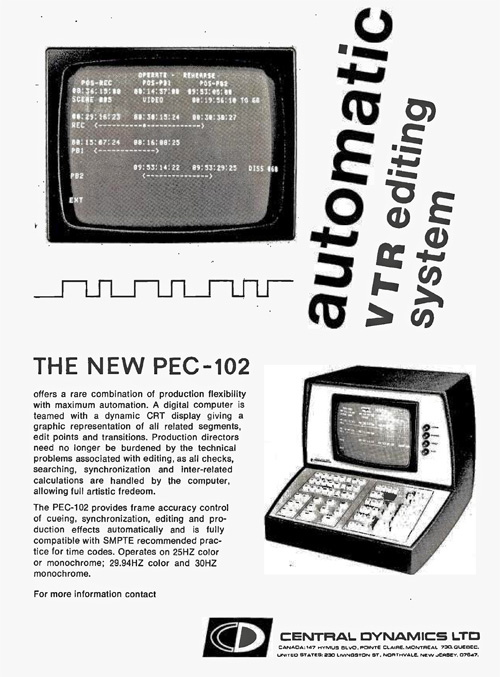

In order to make an hour of timecode match an hour on the clock, drop-frame timecode drops frame numbers 0 and 1 of the first second of every minute, and includes them when the number of minutes is divisible by ten. What’s actually being dropped are some of the timecode “labels”. In spite of what the name implies, NO video frames are dropped (skipped) using drop-frame timecode. To correct this, drop frame SMPTE timecode was invented. This caused people to make unnecessary mistakes in broadcasting studios and precious advertising dollars could be lost. This meant that an “hour of timecode” at a nominal frame rate of 30 frame/s was longer than an hour of wall-clock time by 3.59 seconds, leading to an error of almost a minute and a half over a day. Rather than adjusting the audio or chroma subcarriers, they adjusted everything else, including the frame rate, which was set to 30×1.000/1.001 Hz. Technically, the 3.58 MHz (actually 315/88 MHz = 3.57954545 MHz) color subcarrier would absorb common-phase noise from the harmonics of the line scan frequency. However, broadcasting color took 0.03 seconds every second to transmit the color information in the signal, or 3.58sec per hour. The NTSC re-designers wanted to retain compatibility with existing monochrome TVs.

there is still a need to compensate for timecode errors in signals derived from analog video or audio systems.ĭrop frame timecode dates to a compromise invented when color NTSC video was invented.it introduces an unnecessary frame delay in the signal processing path.
#Smpte timecode calculator code#
As a result, the boundary between discontinuous timecode ranges cannot be determined exactly until several frames of code have been read after the timecode boundary.įor this reason, most videotape editing attempts to keep the timecode of the recorded material continuous, so that multiple edits may be repeatedly over-recorded onto the same piece of videotape.Īlthough it would be possible in all-digital systems to eliminate the flywheel algorithm by adding a frame delay to allow the timecode to be decoded prior to the processing of the frame, this is not done in most practical systems as:
Practical systems watch the ascending sequence of the timecode, and infer the current frame’s time from that.Īs timecodes in analog systems are prone to bit-errors and drop-outs, most timecode processing devices check for internal consistency in the sequence of timecode values, and use simple error correction schemes to correct for short error bursts. Note that in general you cannot know the current frame’s LTC until the frame’s already gone by to let you read it, and it’s too late to make the edit.
#Smpte timecode calculator series#
After making a series of recordings, or after crude editing, recorded timecodes may consist of discontinuous segments. In some applications ‘wall clock’ time is used, in others the time encoded is a notional time. Timecodes are generated as a continuous stream of sequential data values. Discontinuous timecode, and flywheel processing More complex timecodes such as vertical interval timecode can also include extra information in a variety of encodings. In particular, the drop frame bit is only valid for a nominal frame rate of 30 frame/s: see below for details.

The interpretation of several bits, including the “colour framing” and “drop frame” bits, depends on the underlying data rate. In general, SMPTE timecode frame rate information is implicit, known from the rate of arrival of the timecode from the medium, or other metadata encoded in the medium. 25 frame/sec (PAL Europe System, Brazil, Argentina and SECAM).24 frame/sec (film High Definition, 2k, 4k, 6k).Time code can have a multiple number of frame rates: common ones are: The formats of other forms SMPTE timecodes are derived from that of the longitudinal timecode. There are also drop-frame and color framing flags and three extra ‘binary group flag’ bits used for defining the use of the user bits. SMPTE (IPA: ˈsɪm tiː) timecodes contains binary coded decimal hour:minute:second:frame identification and 32 bits for use by users. 2 Discontinuous timecode, and flywheel processing.


 0 kommentar(er)
0 kommentar(er)
